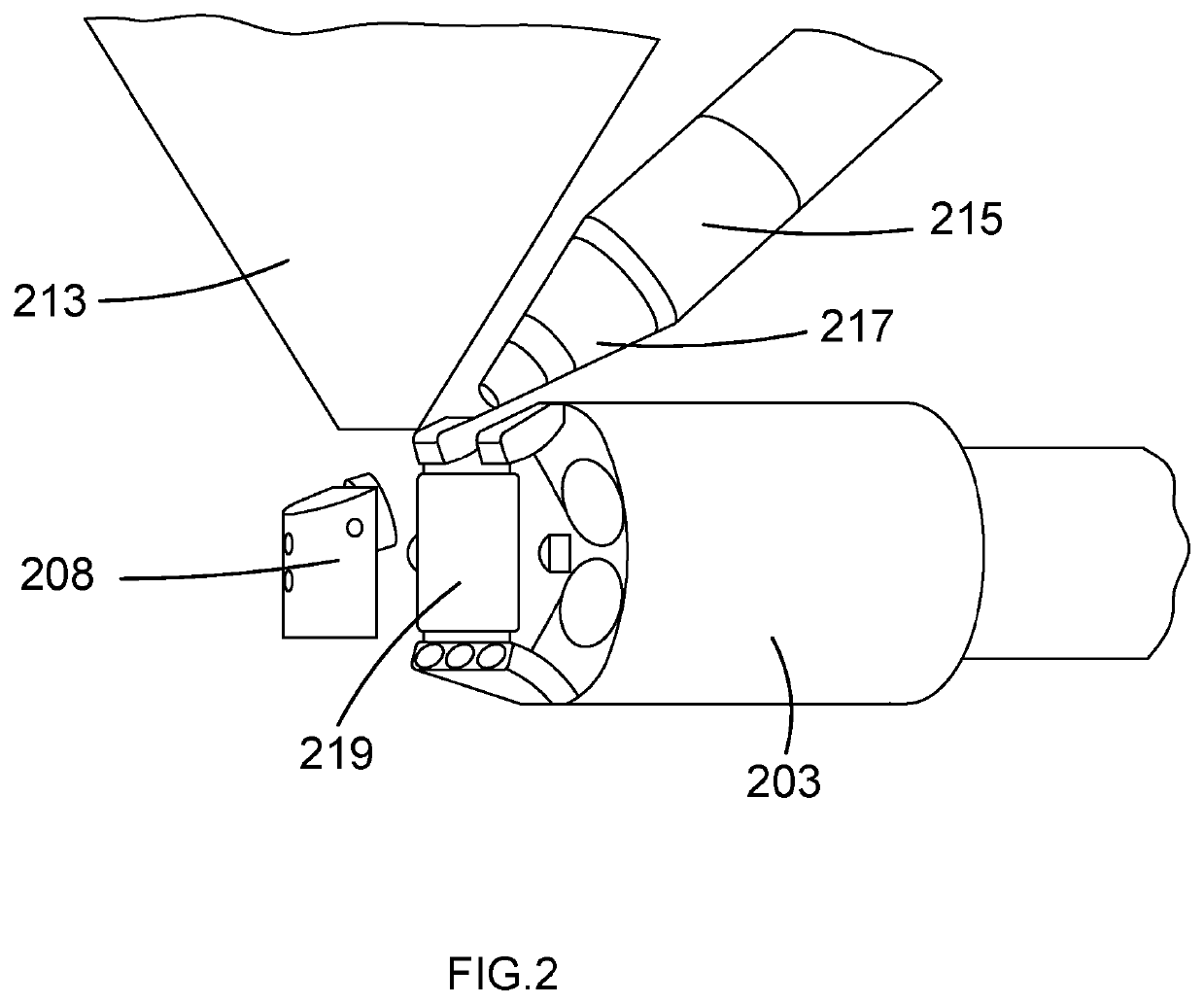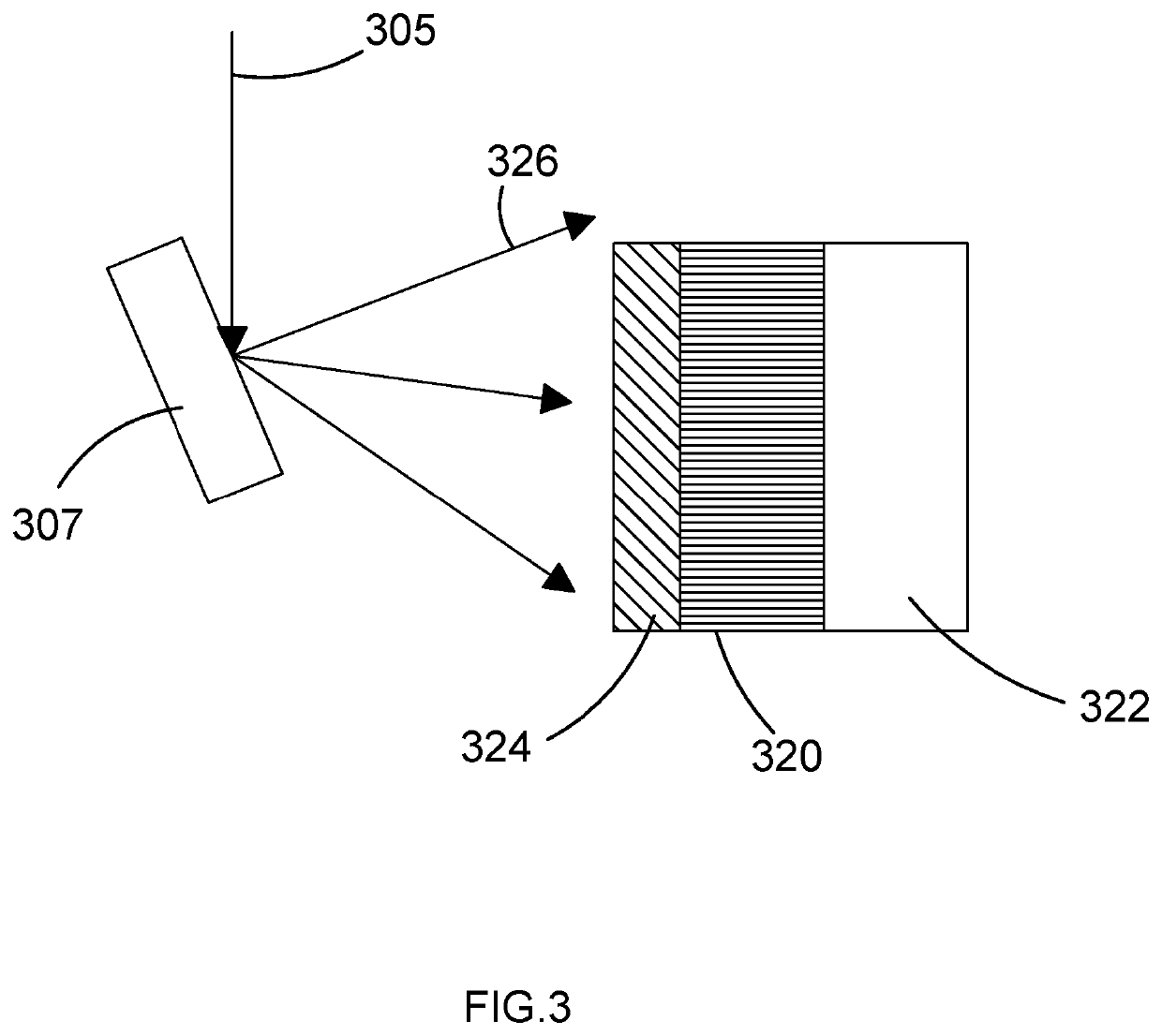Improved system for electron diffraction analysis
a technology of electron diffraction and electron diffraction pattern, which is applied in the field of improving the sensitivity of electron diffraction pattern analysis, can solve the problems of affecting the detection of contrast of real interest, affecting the detection accuracy of real interest, and less effective flat-fielding procedure, so as to reduce the angular variation in intensity, minimize the dynamic range, and improve the effect of detection accuracy
- Summary
- Abstract
- Description
- Claims
- Application Information
AI Technical Summary
Benefits of technology
Problems solved by technology
Method used
Image
Examples
Embodiment Construction
[0092]When an image is recorded from scattered electrons using a typical geometry as shown in FIG. 2 with the specimen tilted 70 degrees so that the incident beam makes an angle of 20 degrees with the surface, a typical camera system that uses a phosphor, conventional optical lenses and a charge coupled device (CCD) image sensor will record an image resembling that shown in FIG. 5.
[0093]The image intensity varies considerably across the field of view and the weak Kikuchi diffraction lines are seen as a modulation of the background due to diffusely scattered electrons. This is apparent in the intensity profile in FIG. 6 that shows intensity values along a line across the middle of the image where the diffraction contrast is seen as a high frequency ripple on top of a slowly varying background. If this profile is smoothed using a digital convolution filter where the support of the filter is much wider than the period of oscillation of the diffraction detail and typically more than 10%...
PUM
 Login to View More
Login to View More Abstract
Description
Claims
Application Information
 Login to View More
Login to View More - R&D
- Intellectual Property
- Life Sciences
- Materials
- Tech Scout
- Unparalleled Data Quality
- Higher Quality Content
- 60% Fewer Hallucinations
Browse by: Latest US Patents, China's latest patents, Technical Efficacy Thesaurus, Application Domain, Technology Topic, Popular Technical Reports.
© 2025 PatSnap. All rights reserved.Legal|Privacy policy|Modern Slavery Act Transparency Statement|Sitemap|About US| Contact US: help@patsnap.com



